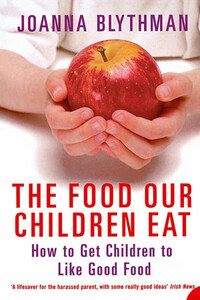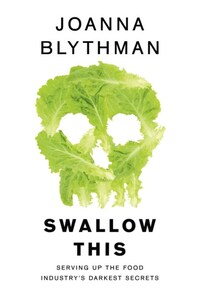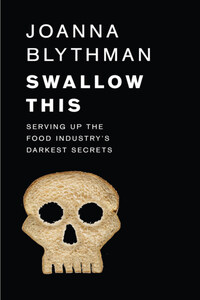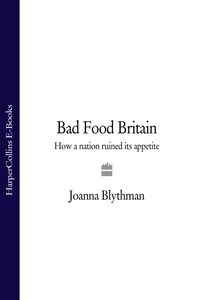This is a book for people who want their children to become adults with wide-ranging food tastes, adults who select a good diet for themselves and find pleasure in the process of eating.
Achieving such an outcome ought to be a straightforward matter, but these days children who fit this bill are something of an endangered species. Children no longer eat what adults eat. We now live in a world that assumes children must be catered for separately, from a repertoire of special ‘children’s foods’ designed to please their distinctive palate.
In the new millennium, perhaps sociologists and social historians will look back on the second half of the twentieth century and point to the emergence of this separate diet as a curious phenomenon. When you stop to think about it, it’s a huge watershed. For centuries children all over the world have been brought up to eat what their parents ate.
Traditionally, children’s food has always been inextricably linked with adult diet, right from day one. Children were breastfed – even if that meant finding a wet nurse.
Graduating on to more complex foods, they were fed ground-down, pulverised versions of what the extended family was eating. As soon as they had teeth and had become more independent, they ate whatever was produced in the kitchen in whatever form it emerged.
Now in many industrialised countries, and in the UK in particular, it’s more likely that children are tucking into a restricted number of specifically ‘children’s foods’. We are all too familiar with them. The working title ‘junk’ fits them as well as any other. But if we wanted to analyse that loaded term a little further, we might describe it as consisting of a small selection of highly processed, long-life foods – many technological interventions removed from their raw-food roots – heavily loaded with fat, sugar and salt.
Enter the ‘modern’ child and a typical food day. This might start with a bowl of highly refined cereal stuck together with sugar in one form or another, followed by a sweet drink and a packet of crisps for morning snack. Chips and custard might be the most popular canteen choice at lunchtime, or a protein and fat-based, vegetable-free sandwich in the lunch box, accompanied by sweets, a token apple (if you’re lucky) and often yet another packet of crisps. In the starving after-school interval, biscuits and more crisps fill the gap until an early ‘children’s teatime’, when out come the frozen Kievs, fish fingers, pizzas and burgers, destined to be scoffed with chips and copious amounts of ketchup and washed down by something sweet and fizzy. For pudding, there’s the sickly-sweet ‘kiddie’ yogurt with its lovable cartoon characters and child-friendly synthetic flavours. Not surprisingly, by bedtime they’re hungry again and it’s time for supper. That packet of cereal beckons once more, as do the biscuits.













